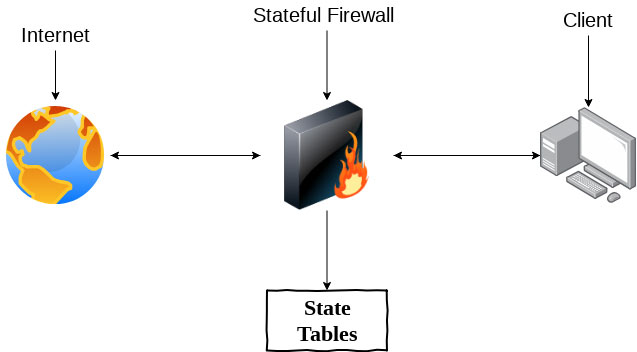

While basic and traditional firewalls are only capable of blocking traffic previously identified as malicious or unauthorized for entering or leaving the network, stateful inspection firewalls take a more targeted approach. Sometimes referred to as a dynamic packet filtering firewall, it can be configured for various levels of security and network access permissions.īy focusing on a network’s current state, the firewall software recognizes and monitors in-network devices as well as the types and targets of connection they’re looking to make. Situated in the Open Systems Interconnection (OSI) layers 3 and 4, it’s active in both the network and the transport layers, where the majority of network activity occurs.

It inspects and analyzes the data packets exchanged during communications, scanning for data risks or unauthorized behavior. One type of firewall software that focuses on packet inspection is a stateful inspection firewall.Ĭontinue reading to learn more about the functionality of a stateful inspection firewall solution, how it works, its pros and cons, as well as examples available on the market.įor more information, also see: Why Firewalls are Important for Network Security How Do Stateful Inspection Firewalls Work?Ī stateful inspection firewall uses network-based software to monitor the condition and states of active network connections.


They come in a variety of types depending on their location in the network, the amount of network traffic they’re capable of handling and their methodology of protection. A firewall is a cybersecurity tool dedicated to securing the outer parameters of a network.


 0 kommentar(er)
0 kommentar(er)
